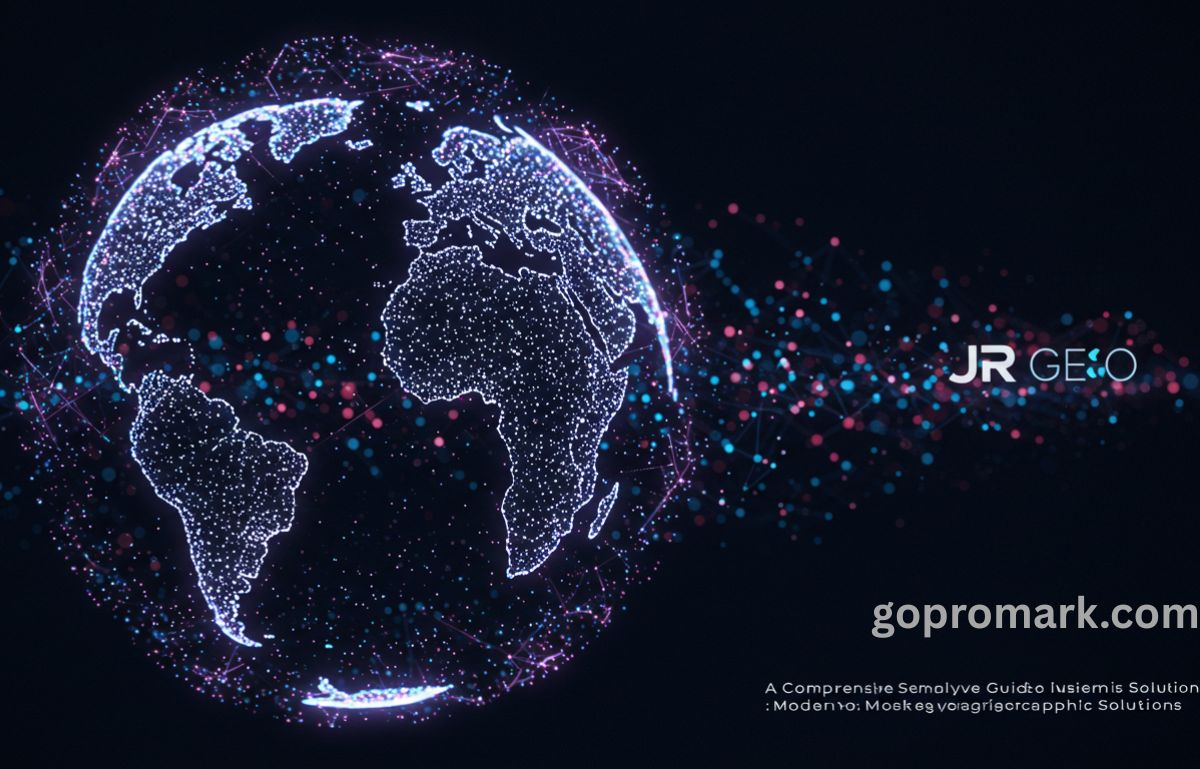In the rapidly advancing world of digital mapping and navigation, JR Geo stands out as a significant term and tool. Whether you are a geography enthusiast, a tech developer, or someone interested in how modern navigation works, understanding JR Geo can help you appreciate the technological innovations shaping our interaction with the world. This article explores JR Geo in detail — from its definition and applications to its role in various industries.
Understanding JR Geo
JR Geo refers to a geographic-based platform, concept, or service that deals with location data, mapping technologies, and spatial analysis. The term can encompass a range of applications, from simple GPS navigation tools to complex geographic information systems (GIS). At its core, JR Geo focuses on collecting, processing, and presenting geographical data in ways that are both accurate and user-friendly.
Geospatial technologies like JR Geo have become a part of everyday life. Every time you check your location on a map app, track a package, or analyze environmental data, you’re engaging with principles that JR Geo represents.
The Evolution of JR Geo in Mapping
The journey of mirrors the broader evolution of mapping technology. Traditional paper maps were once the only means of navigation, but technological advances have transformed how we use and interact with location data.
-
Early Stages: JR Geo’s foundations lie in basic geographic coordinate systems and surveying methods.
-
Digital Transformation: The shift to digital mapping allowed-related platforms to store vast amounts of data and make it accessible in real time.
-
AI and Automation: Today, benefits from artificial intelligence, enabling predictive mapping, real-time traffic updates, and data-driven insights.
Core Features of JR Geo
The strength of lies in its combination of features that serve a wide range of industries and individuals:
Precision Mapping
JR Geo platforms often offer highly detailed and accurate maps, ensuring minimal errors when pinpointing locations.
Data Integration
One of the remarkable aspects of is its ability to merge data from various sources — satellite imagery, user input, and environmental sensors.
Real-Time Updates
From traffic conditions to weather alerts, systems provide real-time updates to improve decision-making and efficiency.
User-Friendly Interfaces
Many JR Geo applications focus on easy-to-use layouts that make geographic data accessible to people without technical expertise.
Applications of JR Geo
JR Geo has wide-reaching applications that go beyond simple navigation:
Transportation and Logistics
Companies use to plan delivery routes, track shipments, and reduce fuel consumption.
Urban Planning
City planners rely on data to design roads, allocate resources, and analyze population growth.
Environmental Monitoring
From tracking deforestation to monitoring ocean pollution,tools provide vital environmental insights.
Disaster Management
JR Geo technology can help map disaster-prone areas, plan evacuation routes, and coordinate emergency responses.
JR Geo in Education and Research
In academic fields, is an invaluable resource. Geography students, environmental scientists, and historians all benefit from its data analysis and visualization capabilities. By making complex datasets more understandable, fosters better research and more informed conclusions.
Benefits of Using JR Geo
Adopting technology comes with numerous advantages:
-
Increased Efficiency: Speeds up location-based decision-making.
-
Cost Savings: Optimized routes and resource allocation reduce operational expenses.
-
Improved Accuracy: Enhances the reliability of data and mapping results.
-
Broader Accessibility: Makes geographic information understandable for professionals and the public alike.
Challenges and Limitations of JR Geo
Despite its advantages, faces certain challenges:
-
Data Privacy Concerns: Collecting and using location data raises questions about privacy.
-
Infrastructure Requirements: Advanced applications may require robust technological infrastructure.
-
Data Accuracy Issues: In remote or poorly mapped areas, data might be incomplete or outdated.
The Future of JR Geo
The future of looks promising, with trends pointing toward increased automation, better integration with augmented reality (AR), and enhanced predictive analytics. As technology continues to evolve, could become even more intertwined with everyday life, offering personalized mapping and real-time environmental updates.Conclusion
JR Geo is more than just a mapping tool; it’s a multifaceted platform that supports industries, communities, and individuals by delivering precise, real-time geographic data. From helping logistics companies streamline deliveries to aiding scientists in climate research, is a critical component of modern society’s infrastructure.
By understanding what is, how it works, and where it can be applied, we can better appreciate the role of geographic technologies in shaping the way we see and navigate the world.
